For decades, saving for college was almost a golden rule for American parents. 529 plans were considered the ideal path to secure their children’s educational future, with tax advantages and simple structures geared toward higher education. But a new generation of parents is starting to ask: what if college isn’t the only — or even the best—path?
Faced with rising tuition costs, trillion-dollar student debt, and a job market that no longer guarantees a direct return on a diploma, many are looking for more flexible ways to invest in their children’s futures. And this shift in mindset is shaking one of the most traditional pillars of family financial planning in the United States.
Flexibility vs. Educational Commitment
Asha Bailey, a wedding photographer in San Diego, and her husband chose not to follow the traditional playbook. While they recognized the value of formal education, they felt that 529 plans limited the use of the funds too much. Instead, they opened a brokerage account to ensure flexibility. “I want to be able to help my kids with what they actually need — whether that’s college, starting a business, or dealing with an emergency,” she said.
They are not alone. According to a survey by Harris Poll and Intuit Credit Karma, only 23% of parents or future parents use a 529 plan. And among those who have, 19% ended their plans earlier than expected.
The Uncertain Return on College
Part of this hesitation stems from the perception that the cost-benefit ratio of college is no longer so clear. The average annual tuition at public institutions exceeds $10,000, and the number of graduates underemployed continues to rise. That, combined with the burden of student debt (which has surpassed $1.7 trillion in the U.S.), leads many parents to question whether they should commit their resources to a plan that only makes sense if their child follows the college route.
Additionally, the job market is changing. Technical training, entrepreneurship, self-directed learning, and digital careers are opening real — and often more affordable — opportunities for young people. As a result, the demand for more versatile financial instruments is growing.
529 Plan: Strengths and Limitations
Still, 529 plans remain a powerful tool. They offer tax-free earnings, the ability to transfer between family members, and coverage of various education-related expenses, such as books, housing, and even K–12 tuition. The new Secure 2.0 law also added flexibility by allowing up to $35,000 in unused funds to be rolled over into a Roth IRA if not used for educational purposes.
| Aspect | Advantages | Limitations |
| Tax Benefits | Tax-free growth on earnings when used for qualified education expenses | 10% penalty + income tax if used for non-qualified expenses |
| Usage Restrictions | Covers college tuition, K–12 tuition, books, housing, and equipment | Must be used for education or transferred to another beneficiary or Roth IRA |
| Transferability | Can be transferred to other family members | Limited to family members |
| New Rules (Secure 2.0) | Allows rollover of up to $35,000 to a Roth IRA after 15 years | Subject to annual contribution limits and specific beneficiary requirements |
| Control Over Funds | Funds remain under the control of the account holder | Funds become accessible to the beneficiary at a certain age (in some states) |
| Financial Aid Impact | Considered a parental asset (less impact on financial aid eligibility) | Still affects financial aid calculations |
| Contribution Limits | High contribution limits (varies by state, often $300,000+) | No federal tax deduction for contributions (some states offer deductions/credits) |
| Investment Options | State-managed plans offer diversified portfolios | Limited customization of investments |
But the requirements remain strict: the plan must have been open for at least 15 years, the rollover is subject to annual contribution limits, and it’s only permitted if the 529 plan beneficiary is also the Roth IRA account holder.
Alternatives on the Rise
Some families are adopting less conventional strategies. Mical Marshall, for example, dropped out of college and saw much of her 529 plan funds lost to penalties. Today, as an insurance broker, she chose to open an indexed universal life insurance policy for her two daughters. The flexibility of use and the potential for growth tied to the stock market convinced her. “If my daughters need it, that money will be there — no matter the reason,” she said.
Other parents prefer standard brokerage accounts, where funds can be used for education or any other future need. Some invest in real estate, cryptocurrencies, or retirement funds for their children. The idea is to diversify and maintain full control over the assets.
Balancing Freedom and Planning
This trend toward more financial freedom is not without risks. If the child chooses a traditional university and the family hasn’t saved with that goal in mind, the impact can be severe. Last-minute loans, delayed parental retirement, or compromised academic choices may follow.
Josh Andrews, a financial planner at USAA, emphasizes that education planning remains one of the most secure ways to build long-term financial stability. “College can be a game changer— but only if the resources are available at the right time,” he says.
Conclusion: A New Perspective on the Future
The decision to save for college is no longer black and white. The new generation of parents is more attuned to a changing world, more aware of the possibilities, and less inclined to follow rigid models. While 529 plans still hold value, the key lies in combining them with other options that support a more open, dynamic future—one that is, above all, aligned with the real dreams of their children.
In times of economic and social transformation, flexibility might be the most valuable investment parents can offer.
And you — have you reconsidered how you’re saving for your children’s future?







